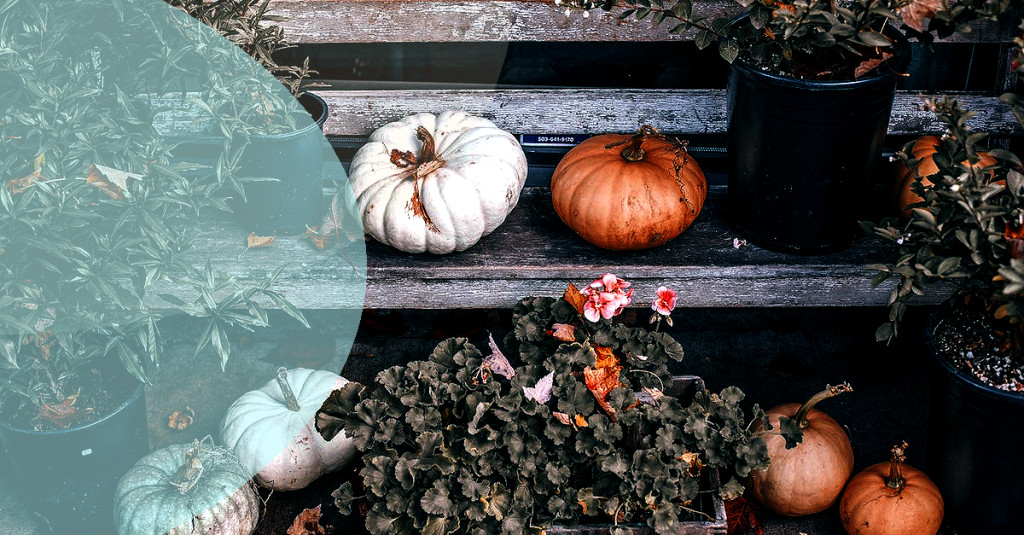How to Grow Strawberries in Your Garden

Sinking Our Roots: Understanding Strawberry Plants
Strawberries, the quintessential summer fruit, are a firm favorite among gardeners and fruit enthusiasts alike. As well as being delicious and versatile, strawberries are surprisingly easy to grow in your garden. This post is a comprehensive guide to fast-track your journey from beginner berry grower to seasoned strawberry enthusiast.
Bursting with Benefits
Before we dive into the mechanics of growing, it's crucial to understand what strawberries are and why they're an advantageous addition to your garden. Strawberry plants are perennial, which means they grow year after year. They produce a crop of berries over several weeks anywhere from late spring to early fall, depending on the variety.
Laying the Groundwork: Steps to Preparing Your Strawberry Bed
Aside from the sweet, juicy fruits they provide, strawberry plants come with other compelling benefits. They're a visually appealing addition to your garden with their bright red fruits, dainty white flowers, and attractive foliage. Strawberries are also a fantastic source of Vitamin C [^1^]. What's more, growing your strawberries means you get control over any pesticides and fertilizers used, ensuring a healthier choice for you and your family.
Choosing the Right Site
Preparation is a key step in your strawberry growing adventure. It's the bedrock on which you'll nurture your plants from seedlings to fruit-bearing plants.
Prepping the Soil
Strawberries love to bask in the sun, so select a site that gets six to ten hours of sunlight each day. The soil should be well-draining to prevent waterlogged roots. A well-lit, raised bed can be a suitable location.
Planting with Precision: Guide to Setting Your Strawberry Plants
Strawberries prefer slightly acidic soil with a pH of 5.5 to 6.8. Adding compost or well-rotted manure can enrich the soil, infusing it with the necessary nutrients for optimum strawberry growth.
Making the Purchase
Once your bed is ready, the next step is planting. Below is an effective process to follow.
The Planting Process
Buy your strawberry plants from a reputable nursery, online store, or catalog. Select a variety suited to your climate. Varieties range from June-bearing (one large crop per year) to ever-bearing (continual cropping throughout the growing season). You can read more about different varieties here.
Berries in Bloom: Caring for Your Strawberry Plants

Plant your strawberries in early spring or late fall. Plant each one about 18 inches apart to allow room for runners. The crown of the plant (where the leaves meet the roots) should be level with the soil surface.
Watering Well
Once planted, strawberry plants won't flourish without some tender, loving care.
Fertilizing Fruitfully
Regular watering is crucial, usually one to two inches per week. Overhead watering can, however, lead to diseases, so consider investing in a drip irrigation system.
Harvest Time: Picking Your Sweet Strawberries
Applications of balanced slow-release organic fertilizer will enrich the soil throughout the growing season. Always follow the pack instructions on rates and frequencies.
Joyously, the culmination of your efforts, the ripe, red fruits, are ready for harvest. Pick ripe berries daily, preferably in the morning when they're coolest. Enjoy them fresh or utilize them in tantalizing recipes.
Strawberries are more than just a sweet delight. They're an exciting component of your gardening journey, a vibrant canvas of green and red in your landscape, and a sweet promise of days well-spent in the sunshine. Growing strawberries is simple. With attention, care, and love, you can turn any garden into a haven of these succulent gems. [^1^]: Strawberries: Health benefits, facts, and research





